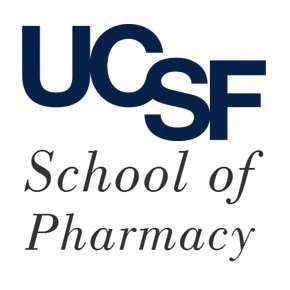Submitted by ja607 on
| Title | Rare protein-altering variants in ANGPTL7 lower intraocular pressure and protect against glaucoma. |
| Publication Type | Journal Article |
| Year of Publication | 2020 |
| Authors | Tanigawa, Y, Wainberg, M, Karjalainen, J, Kiiskinen, T, Venkataraman, G, Lemmelä, S, Turunen, JA, Graham, RR, Havulinna, AS, Perola, M, Palotie, A, Daly, MJ, Rivas, MA |
| Corporate Authors | FinnGen |
| Journal | PLoS Genet |
| Volume | 16 |
| Issue | 5 |
| Pagination | e1008682 |
| Date Published | 2020 05 |
| ISSN | 1553-7404 |
| Keywords | Adult, Aged, Aged, 80 and over, Angiopoietin-like Proteins, Biological Specimen Banks, Case-Control Studies, Cohort Studies, Female, Finland, Gene Frequency, Genetic Predisposition to Disease, Genetics, Population, Genome-Wide Association Study, Glaucoma, Humans, Intraocular Pressure, Loss of Function Mutation, Male, Middle Aged, Mutation, Missense, Polymorphism, Single Nucleotide, United Kingdom |
| Abstract | Protein-altering variants that are protective against human disease provide in vivo validation of therapeutic targets. Here we use genotyping data from UK Biobank (n = 337,151 unrelated White British individuals) and FinnGen (n = 176,899) to conduct a search for protein-altering variants conferring lower intraocular pressure (IOP) and protection against glaucoma. Through rare protein-altering variant association analysis, we find a missense variant in ANGPTL7 in UK Biobank (rs28991009, p.Gln175His, MAF = 0.8%, genotyped in 82,253 individuals with measured IOP and an independent set of 4,238 glaucoma patients and 250,660 controls) that significantly lowers IOP (β = -0.53 and -0.67 mmHg for heterozygotes, -3.40 and -2.37 mmHg for homozygotes, P = 5.96 x 10-9 and 1.07 x 10-13 for corneal compensated and Goldman-correlated IOP, respectively) and is associated with 34% reduced risk of glaucoma (P = 0.0062). In FinnGen, we identify an ANGPTL7 missense variant at a greater than 50-fold increased frequency in Finland compared with other populations (rs147660927, p.Arg220Cys, MAF Finland = 4.3%), which was genotyped in 6,537 glaucoma patients and 170,362 controls and is associated with a 29% lower glaucoma risk (P = 1.9 x 10-12 for all glaucoma types and also protection against its subtypes including exfoliation, primary open-angle, and primary angle-closure). We further find three rarer variants in UK Biobank, including a protein-truncating variant, which confer a strong composite lowering of IOP (P = 0.0012 and 0.24 for Goldman-correlated and corneal compensated IOP, respectively), suggesting the protective mechanism likely resides in the loss of interaction or function. Our results support inhibition or down-regulation of ANGPTL7 as a therapeutic strategy for glaucoma. |
| DOI | 10.1371/journal.pgen.1008682 |
| Alternate Journal | PLoS Genet |
| PubMed ID | 32369491 |
| PubMed Central ID | PMC7199928 |
| Grant List | T15 LM007033 / LM / NLM NIH HHS / United States U01 HG009080 / HG / NHGRI NIH HHS / United States R01 HG010140 / HG / NHGRI NIH HHS / United States |





